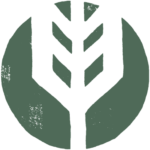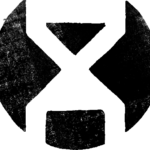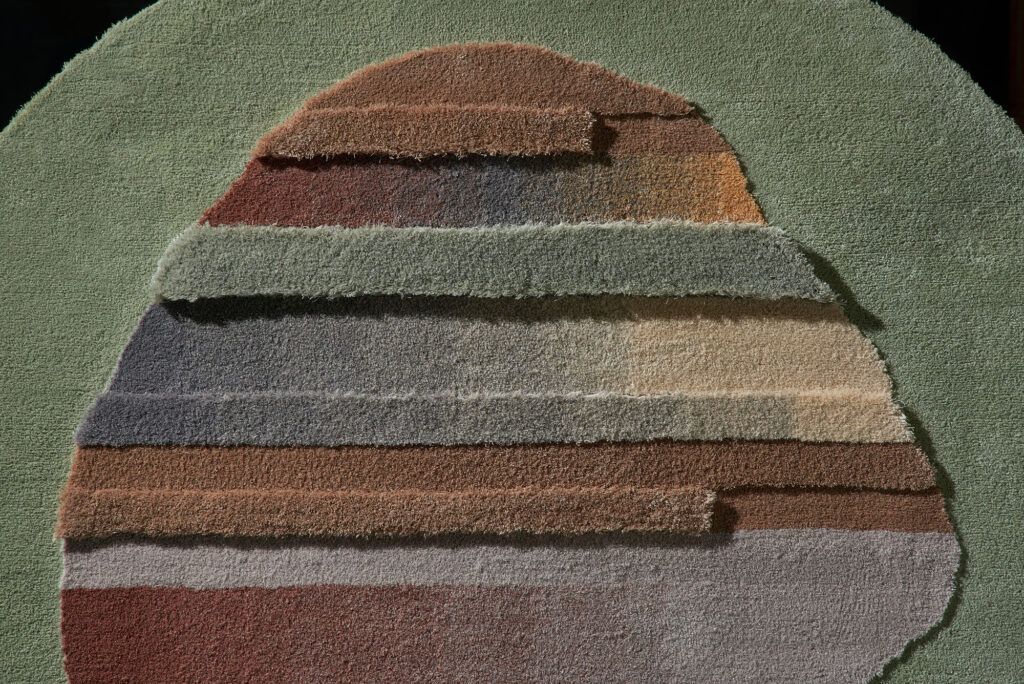Rug ‘Juno’ is part of the ‘Ignorance is Bliss’ brand by Agne Kucerenkaite. The rug is coloured using upcycled textile dyes that originate from botanical and metal waste and by-products. Commercial textile dyeing causes a significant amount of environmental and health problems due to the chemicals used in the process, whereas natural dyeing is rarely employed on an industrial scale. ‘Ignorance is Bliss’ rugs are designed with great detail and are hand-tufted.
For the rug Juno, a total amount of 7.63 kilograms of waste was used.
Made of
The research-based project utilises industrial waste and secondary materials (such as hemp, mustard, evening primrose, and iron), sourced from the Netherlands and Lithuania, and reuses them to dye linen rugs. Leftovers of mostly organically grown plants do not contain toxic additives as they are intended for use in the food and pharmaceutical industries. Fixators and mordants used in the rug collection are natural, without threat to human and environmental health. Rugs are made from linen; a deliberate choice as it is a durable, resistant, and hypoallergenic material. Flax is versatile, cost-effective, resilient, and its cultivation requires far less water and pesticides than cotton.
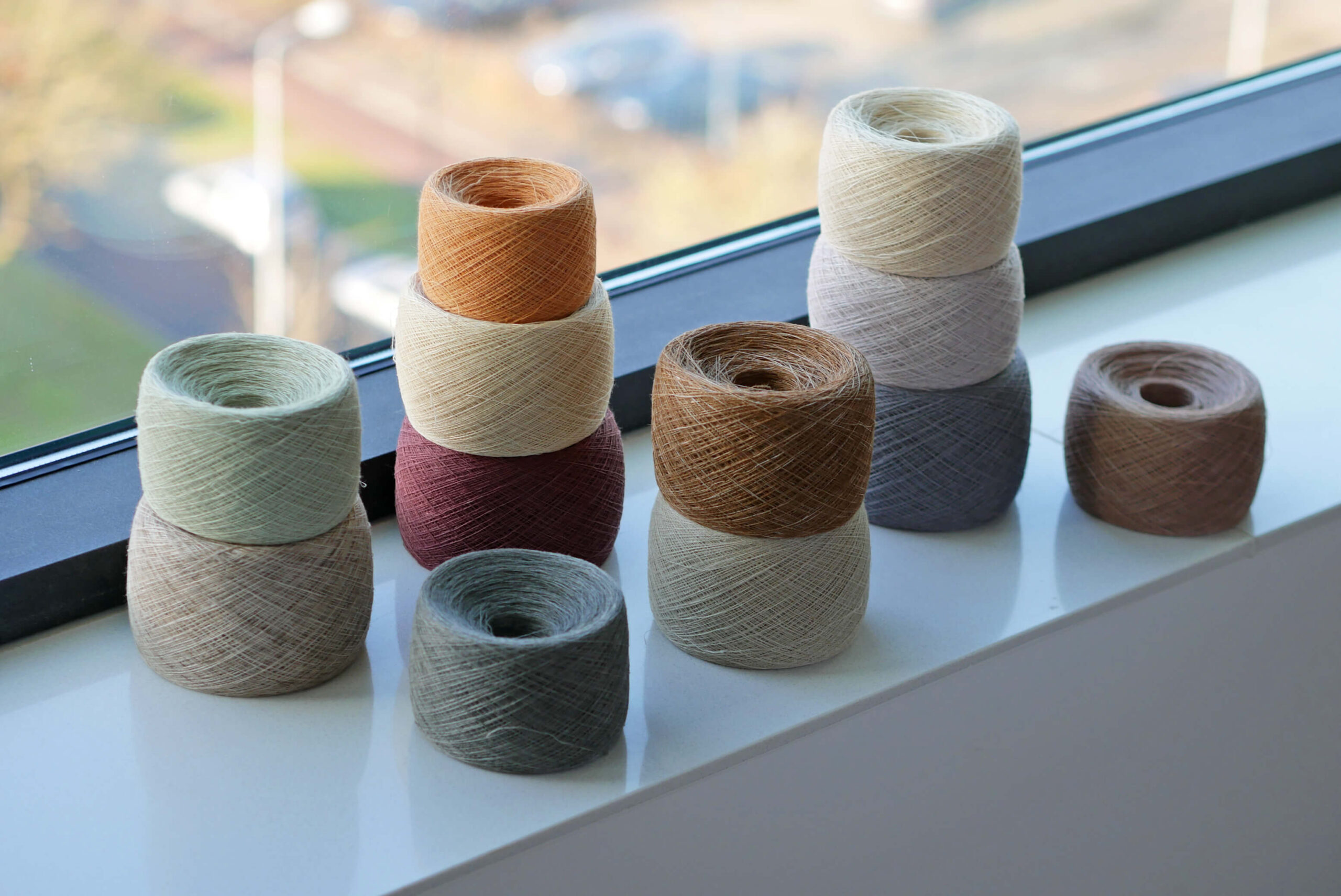
Production Process
‘Ignorance is Bliss’ solutions substitute factory-produced substances with waste or create completely new formulations and materials.
- Lithuanian partners from agricultural industries accumulate around 25 tonnes of various botanic waste per year.
- The conducted research with various waste streams shows that most waste can be repurposed in creative ways and become a part of circular models, such as making textile dyes.
- Natural fixators and mordants are used in the dyeing process to alter the colours.
- Dyed linen yarns are sent to the manufacturers in Lithuania who are hand-tufting rugs with a special textile gun.
- The total production time takes around six weeks.
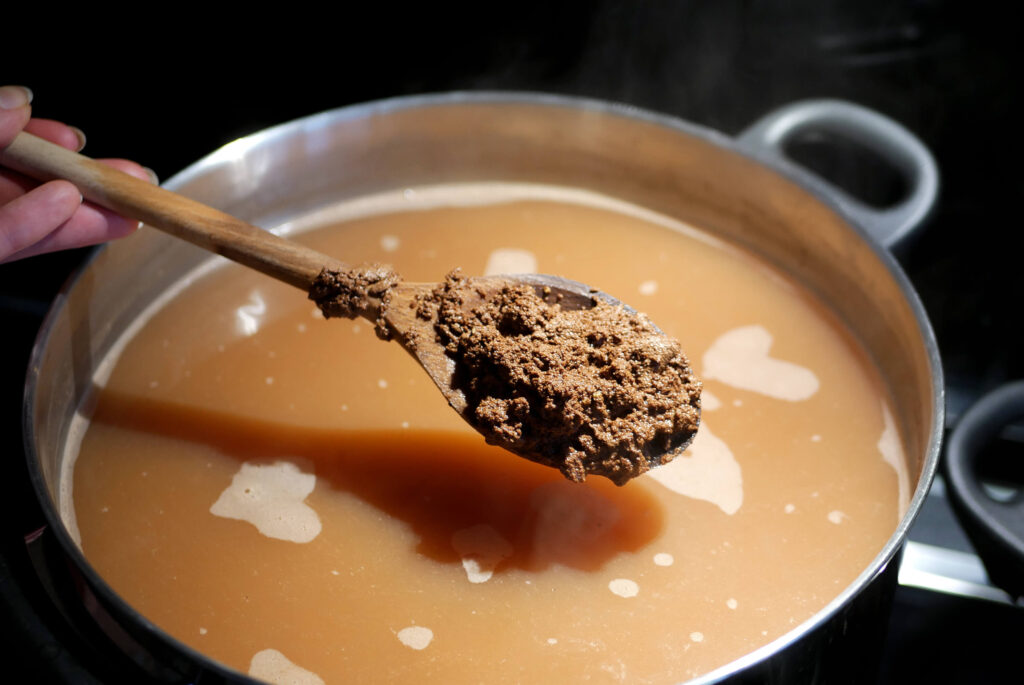
Applied
The rugs are functional, aesthetically pleasing, and designed for greater longevity. They are intended for interior spaces.
Environmental impact
- Even though partners from agricultural industries grow sustainably, they are facing difficulties with the residue. A part of this by-product can be sold to the livestock feed, but there are no clear regulations and understanding of additional potential use.
- At the moment, yarns are hand-dyed with 9 natural colours that have been developed from non-toxic waste.
- Reusing waste decreases the need of natural resources, reduces environmental pollution, and allows materials to be used to their fullest extent. The drinking water supply and the agricultural industry are the main suppliers of waste
- Remnants of mostly organically grown plants do not contain any toxic additives because they are intended for use in the food and pharmaceutical industry.
- Fixators and stains used in the carpet collection don’t endanger human health or the environment.
- Carpets are made of linen. This is a conscious choice because it is a durable, resistant and hypoallergenic material.
- Flax is versatile, cost effective, resilient and its cultivation requires far less water and pesticides than cotton.
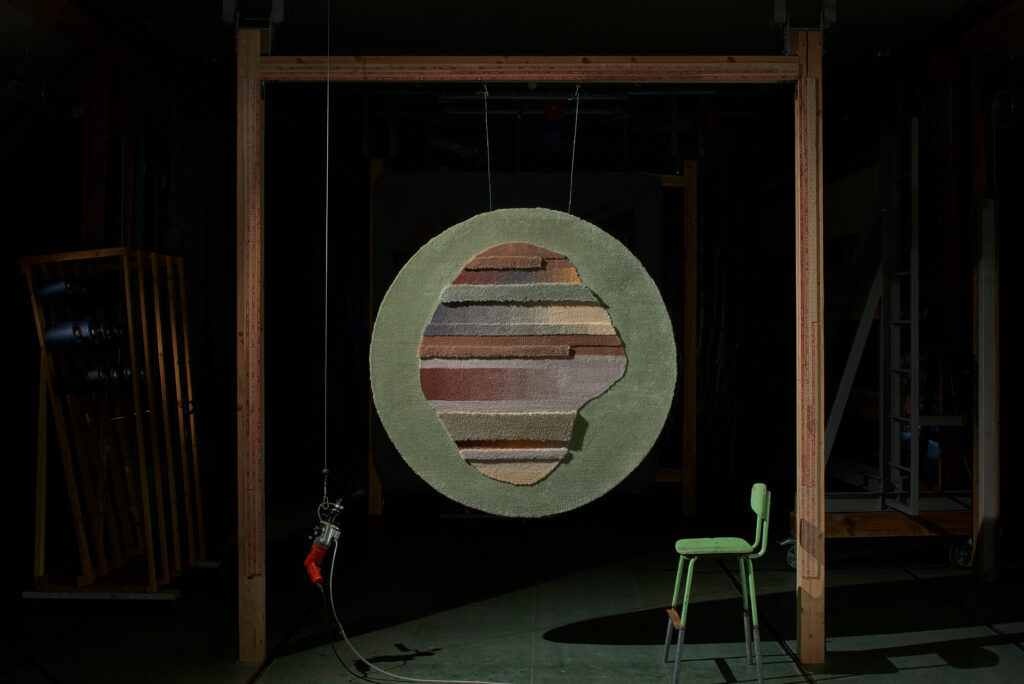
Good to know
Rug as a product doesn’t need special care, such as washing it often, therefore colours of the natural dyes can be preserved better. Linen fibers are long-lasting, durable, hypoallergenic, and don’t shed, compared with other types of yarns.
Growth opportunities
In order to produce in bigger quantities, the yarn dyeing process has to be industrialised. The next step is to create sustainable and reliable dyes that can be used in industrial textile dyeing and applied to diverse fabrics. The ambition is to work with the scientific community as well as technical engineers and develop new manufacturing processes and formulations, possibly collaborating with an external textile lab.
Health
We spend around 90% of our time indoors, thus we need to consider the health and environmental impacts that products and materials have upon us throughout their life cycle. ‘Ignorance is Bliss’ adopts a holistic framework by doing a comprehensive study of materials and their footprint.
